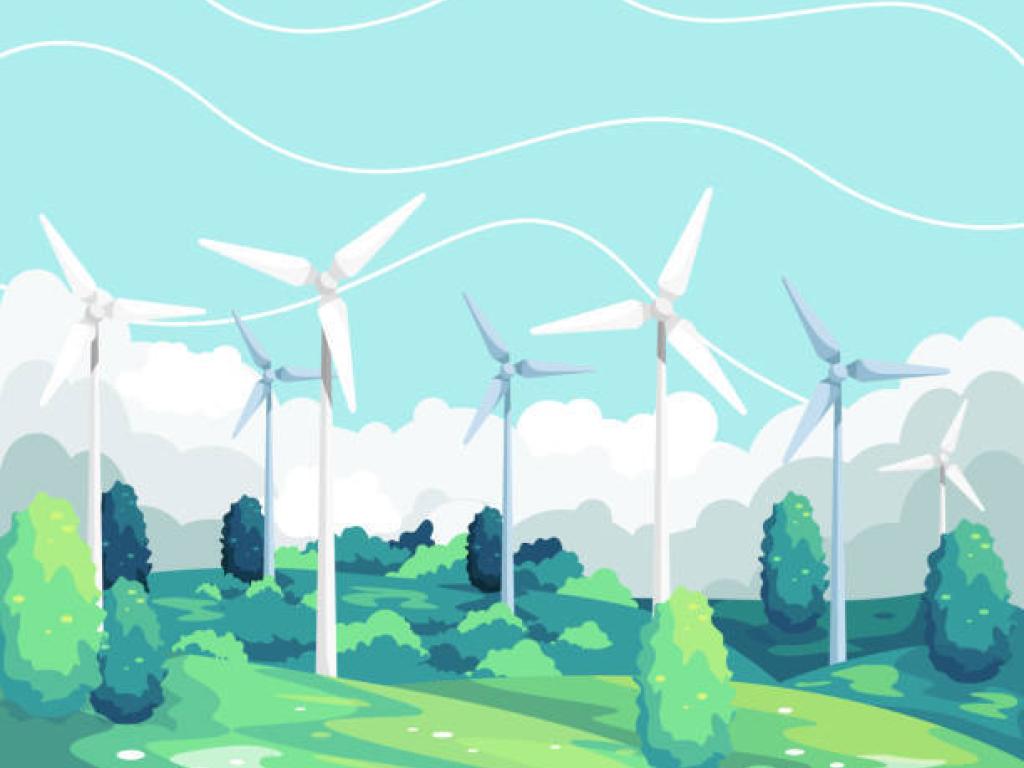Part Three: Challenges to the Large-scale Production of Green Hydrogen in South Africa

Introduction
Problems around its production, transport and storage have inhibited green hydgrogen’s growth as an alternative to fossil fuels. One of the major challenges to the production of green hydrogen in South Africa is that there is little opportunity for Independent Power Producers (IPPs) to contribute to production. This challenge arises because utility-scale IPP renewable energy projects are required to be dedicated to producing and selling power to Eskom, and are restricted from selling excess power to the national grid or third parties. To address this challenge, according to the abovementioned CSIR Report, green hydrogen should be produced using dedicated renewable energy infrastructure, not Eskom-related IPPs, from which energy is supplied to green hydrogen electrolyser plants exclusively.[1]
Another challenge is, as a result of the acute water shortages in South Africa in recent years, the government is likely to prioritise achieving sustainable water resources for communities and the environment over the use of such water for the production of green hydrogen.[2] It is estimated that to produce only one ton of hydrogen through electrolysis requires an average of nine tons of water.[3]
Although purifying water to be used for electrolysis is inexpensive, since most of the cost in desalination comes from the electrons, transporting the water to the site of an electrolyser, could be an impediment, as it is expensive and could pose logistical challenges. Since the electrolysis process requires a location with access to renewable energy sources such as wind and solar, electrolysers need to be located close to either a solar or wind farm, which may not be in close proximity to a waterbody, hence the costs for transportation. Additionally, grid connection is required to wheel either from the solar or wind farm. It is therefore better to locate electrolysers close to hydrogen consumers, as transportation of the hydrogen is expensive. These cost challenges could be another factor that would likely hinder the large-scale production of green hydrogen in South Africa.
To overcome the above hurdle, the CSIR Report distinguishes between hydrogen produced for domestic inland use and hydrogen for export and coastal use. On the one hand, in terms of hydrogen for export and coastal use, the Report recommends that feedwater ought to be desalinated seawater, therefore hydrogen for export purposes should be produced at, or near the port of shipment.[4] On the other hand, with respect to hydrogen for inland domestic use, the feedwater should be derived from desalinated or treated water from sources that are heavily contaminated and are otherwise not treatable by municipal wastewater treatment plants. For example, mine water, acid mine drainage and industrial wastewater.[5]
Conclusion
Pursuant to their commitments under the Paris Agreement, all countries will have to play their part in mitigating climate change, and this will impact the nature of trade, production and investment. Countries failing to institute measures in this regard will potentially be isolated in the global economy through punitive measures such as trade barriers and reduced foreign investment. Such measures would impede their growth and development. In terms of investments, investors are increasingly adopting Environmental, Social and Governance (ESG) standards to determine where to invest, thus showing the impact that environmental concerns will continue to have on the global economy.
To solve the world’s climate crisis as quickly and as cost-effectively as possible, this requires employing green hydrogen and electrification in tandem. In sectors where it may not be feasible or would be expensive to adopt renewable power, green hydrogen ought to be used. Green hydrogen's versatile application – be it as a replacement for fossil fuels in chemical and fuel production, as a means of storing and transporting renewable electricity, or as a fuel in the transportation industry, powering vehicles and non-electrified trains, makes it an obvious solution to the carbon crisis in the world.[6]
Without investment in renewable technologies, including green hydrogen technologies, achieving net-zero greenhouse gas emissions by 2050 would be unrealistic. There needs to be a clear policy and regulatory environment in South Africa that encourages investment and emphasises capacity building. With such an environment, the fast-growing sustainable hydrogen economy would prove to be the missing link to, not only achieving net-zero but to alleviating the access to energy constraints (i.e. electricity shortage) that the country continues to face today i.e. promoting energy security, which is a big challenge throughout the continent.
Written by Kennedy Chege.
[1] https://www.engineeringnews.co.za/article/south-africa-stands-to-benefit-from-green-hydrogen-production-cdh-2021-04-13/rep_id:4136.
[2] Access to clean water is a socioeconomic right protected under S27(b) of the Constitution of the Republic of South Africa. https://www.engineeringnews.co.za/article/south-africa-stands-to-benefit-from-green-hydrogen-production-cdh-2021-04-13/rep_id:4136.
[3] https://oilprice.com/Energy/Energy-General/The-Green-Hydrogen-Problem-That-No-One-Is-Talking-About.html.
[4] https://www.engineeringnews.co.za/article/south-africa-stands-to-benefit-from-green-hydrogen-production-cdh-2021-04-13/rep_id:4136.
